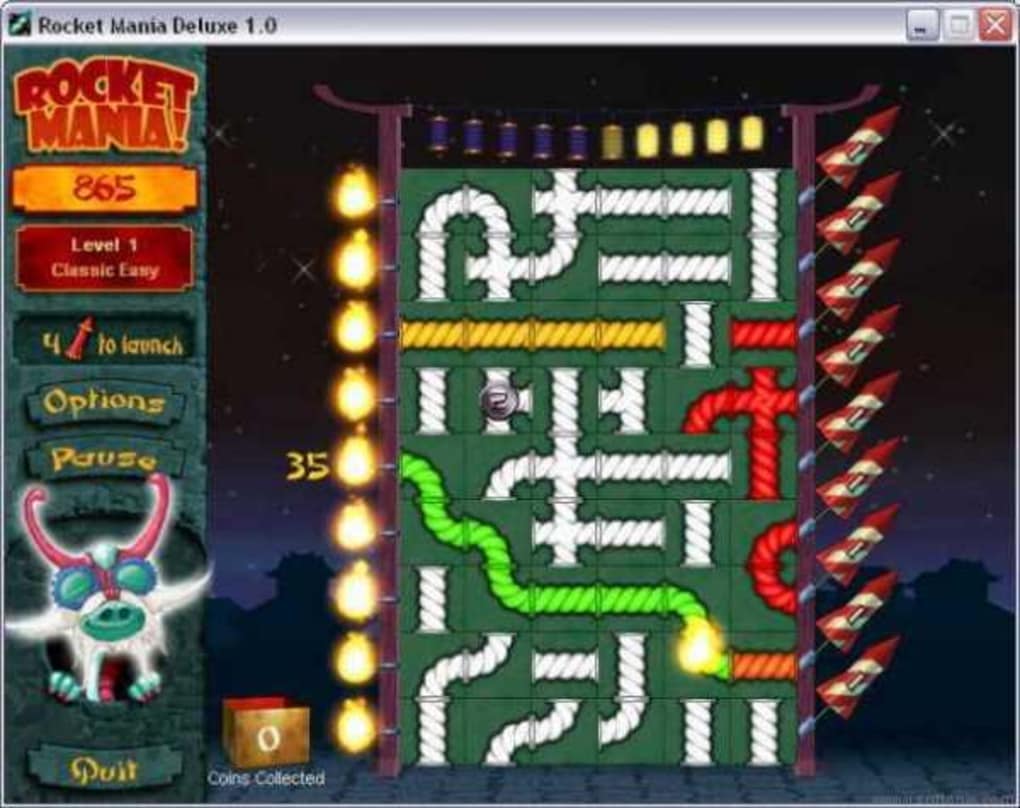


The experiment is repeated twice more with students switching roles. The third student measures the launch distance, records it, and returns the rocket to the launch site for the next flight. The second student confirms the launch angle and gives the launch command. Organize students into teams of three.Students will compare the launch angle with the distance the rocket travels. The experimental variable will be the angle of launch. In this investigation, control will be how much the rubber band is stretched when launching the rockets. Before conducting the investigation, review the concept of control.Prepare some sample rocket fins to show how they are constructed. Although the rockets can be launched outside on windy days, the wind becomes an uncontrolled variable that may invalidate the results. If it is a calm day, the investigation can be conducted outside. Place markers on the floor at 1 meter intervals starting at 5 meters and going to 20 meters. Select a large room with a high ceiling for the launch range, such as a cafeteria or gymnasium.Watch the "DIY Space: Build a Foam Rocket" video tutorial at the top of the page for instructions on building the rocket and conducting the activity.(Optional) "DIY Space: Build a Foam Rocket" video transcript - download PDF Management (Optional) "DIY Space: Build a Foam Rocket" video tutorial - download video (mov) Quadrant pattern (printed on card stock) - download PDF Styrofoam food tray, cardboard or stiff poster board Materialsģ0 centimeter-long piece of polyethylene foam pipe insulation (for 1/2-inch size pipe) Students will construct rockets made from pipe insulating foam and use them to investigate the trajectory relationship between launch angle and range in a controlled investigation.


 0 kommentar(er)
0 kommentar(er)
